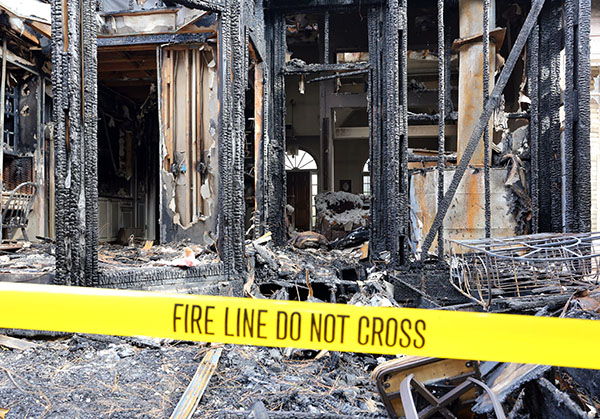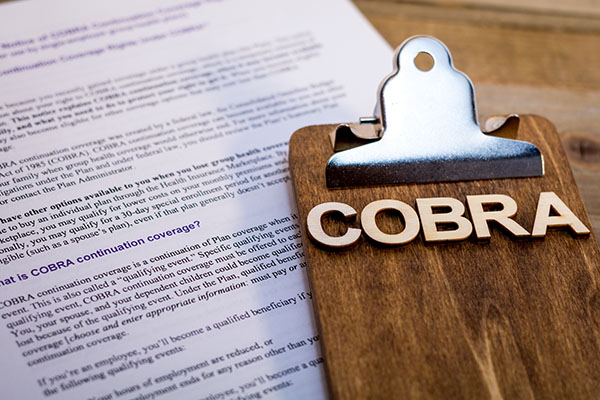
The “Right to Be Heard” in Wisconsin Criminal Proceedings and the Impact on Your Car Crash Case

Those who have the terrible misfortune of being injured in a car wreck involving a drunk driver or a hit and run driver, often find themselves having to navigate the criminal justice system as well as the civil justice system. Since the former almost always takes place before the latter, accident victims face potential pitfalls by giving an early statement to the at-fault insurance company.
Any attorney will tell an accident victim not to speak with the at-fault insurance company after an accident for a myriad of reasons. These reasons include:
1. The conversation will be recorded.
2. It is always very soon after the crash before any investigation is complete or the victim has seen the crash report.
3. The victim does not yet know the full extent of their injuries or prognosis.
4. The victim does not have a lawyer present to assist them.
All these reasons also apply to a criminal court proceeding that may follow an accident.
Last spring, Wisconsin voters passed an amendment to Wisconsin’s constitution expanding crime victims’ rights, commonly referred to as “Marsy’s Law.” While the amendment included numerous provisions, one provision included the right “to be heard in any proceeding during which a right of the victim is implicated, including release, plea, sentencing, disposition, parole, revocation, expungement, or pardon.”
This amendment expanded victim involvement and statements to earlier phases of the criminal proceeding. Judges are specifically asking at early stage hearings, such as bond hearings or initial appearances, if there are any victims present who want to provide statements. These hearings take place soon after the accident and often before the victim has retained counsel for the case. The accident victim, justifiably, is angered that they have been injured and want the judge to know. However, the circumstances of these early statements give rise to many of the same concerns that attorneys have with accident victims talking to the at-fault insurance company soon after the accident.
First, the statements are being recorded by the court reporter, and while not under oath, there is an implied solemnity to statements made to the Court. Second, the victim has likely not seen the crash report or does not know the results of the investigation of the crash. Just like a statement to the insurance company a few days after the crash, no one wants to be locked into what happened with incomplete facts. Third, at this early juncture, the victim will have just started to treat for their injuries and will not know the full extent or diagnosis. What is a neck strain at the ER following an x-ray may turn out to be a disc protrusion needing surgery once an MRI is performed a month later.
In a civil accident case, the insurance company will likely learn about any statements the victim has made to the Court, obtain the transcripts, and use them to impeach and discredit. None of this will be because anyone was dishonest; instead, they simply did not yet have the full picture of the crash and injuries. Just as a recorded statement taken mere days after the crash can be a goldmine for the insurance company, a court transcript recorded mere days after the crash can provide the same.
Importantly, this is not a suggestion that accident and crime victims avoid invoking their right to be heard at criminal proceedings. Rather, this is another illustration of why it is important to get counsel involved soon after a crash so they can help navigate both the civil and criminal justice system and make sure justice is obtained in both.




